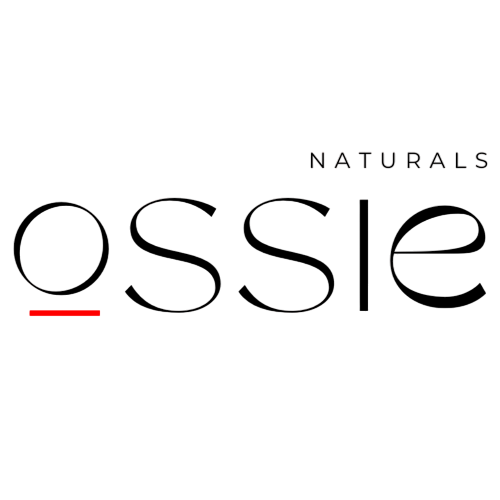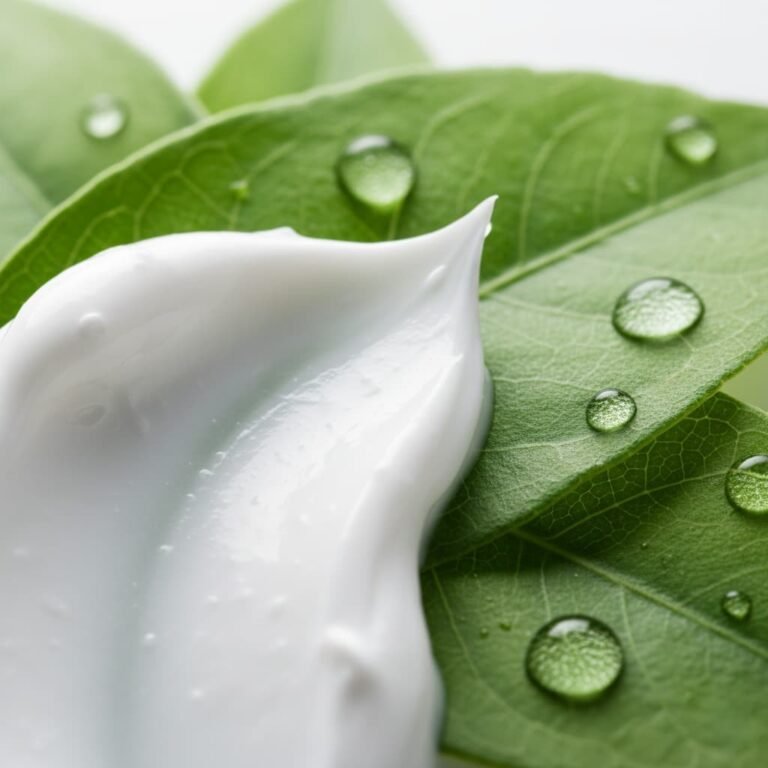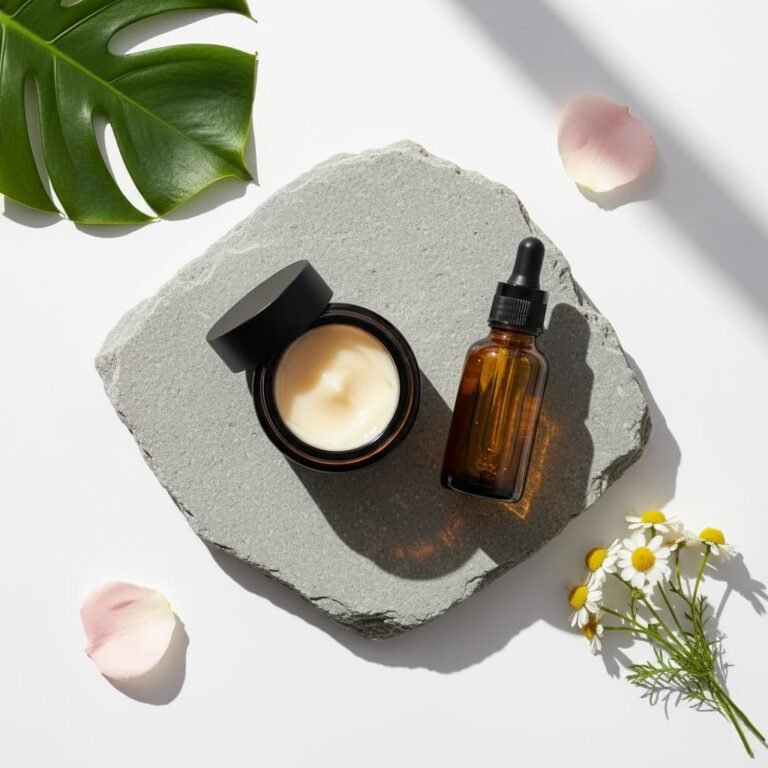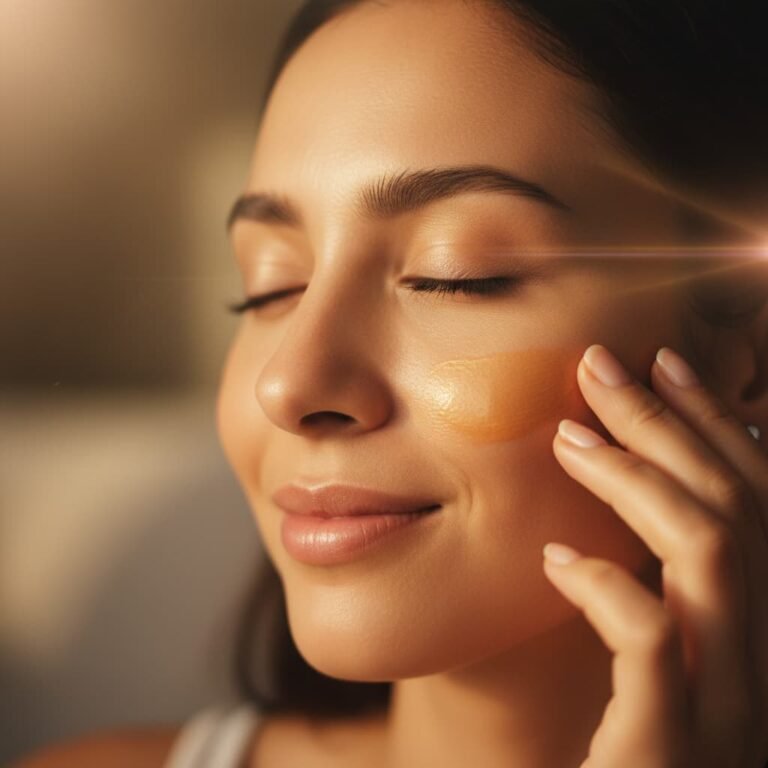The Amber Standard: Why High-Performance Skincare is Preserved in Glass
For brands committed to performance, the selection of amber glass is a testament to an unwavering dedication to preserving the integrity & power of their craft
The Amber Standard: Why High-Performance Skincare is Preserved in Glass
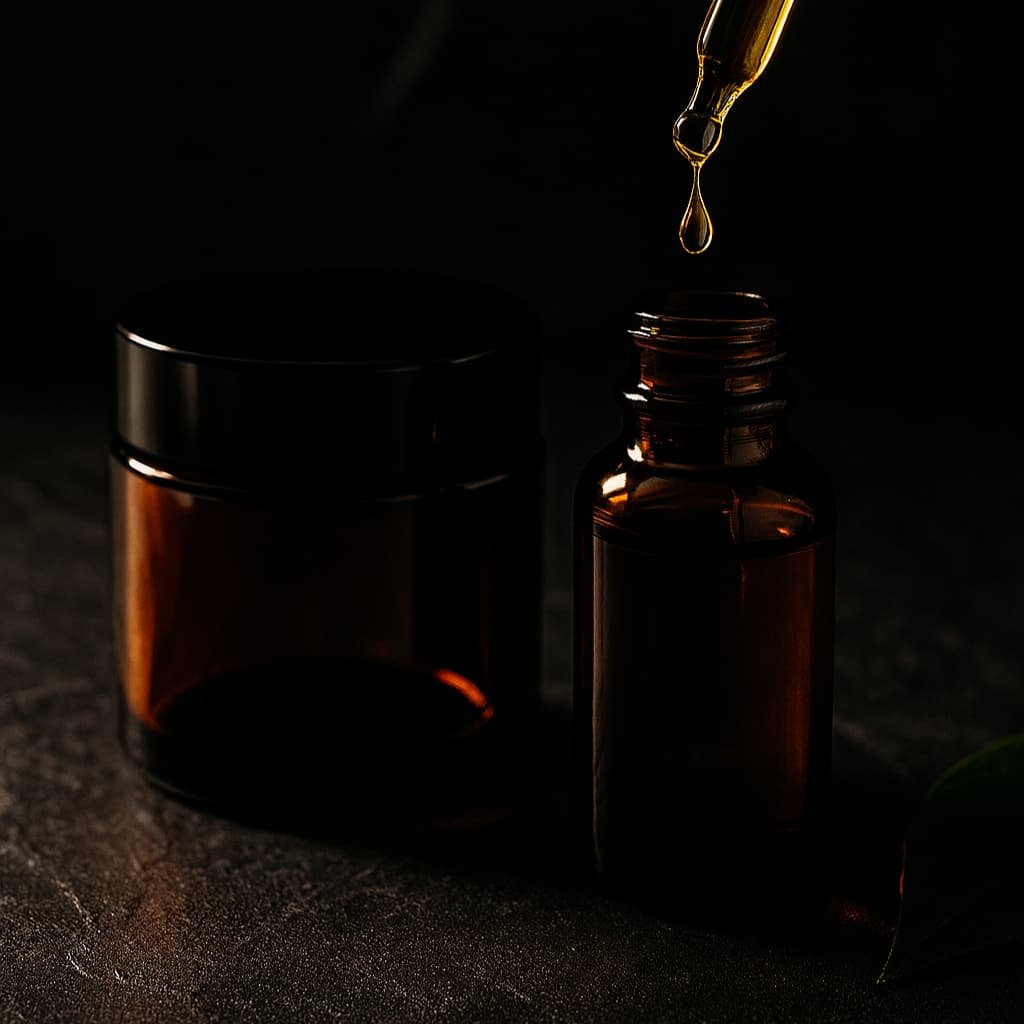
In the luminous and ever-evolving world of skincare, where consumers and formulators alike chase the promise of potent, results-driven ingredients, the vessel that holds the formula is often the final, silent guardian of its efficacy. Walk down the aisle of any high-end beauty retailer, and a clear pattern emerges: the most serious serums, the most precious oils, and the most scientifically advanced compositions are frequently housed in deep, rich amber glass.
This is no mere aesthetic choice or a passing trend. For brands committed to performance, the selection of amber glass is a declaration—a testament to their unwavering dedication to preserving the integrity and power of their craft. It is a choice rooted in centuries of apothecary wisdom and validated by modern scientific principles. To understand why this humble material has become the gold standard for protecting delicate, high-performance skincare, one must delve into the science of its protective shield, its history as a preserver of precious compounds, and its profound psychological impact on the discerning consumer.
This comprehensive guide explores the science, history, and holistic value of amber glass, revealing why, for the finest formulations, the bottle is as critical as the contents within.
The Enemy of Efficacy: The Inherent Vulnerability of Active Skincare
To appreciate the necessity of protective packaging, one must first understand the fragile nature of the very ingredients that deliver transformative results. The power of modern skincare lies in its active compounds, but this potency often comes with a trade-off: profound instability. These molecules are highly reactive, and their efficacy can be easily compromised by environmental factors, with light being the primary adversary.
The Light-Sensitive Actives
Many of the most celebrated ingredients in the skincare pantheon are notoriously vulnerable to degradation:
- Vitamin C (L-Ascorbic Acid): A cornerstone of any serious brightening and collagen-boosting ritual, Vitamin C is a powerhouse antioxidant. It is also exceptionally unstable. When exposed to light and air, it rapidly oxidises, turning from a potent, skin-protecting molecule into an inert, brownish solution that offers no benefit.
- Retinoids (Vitamin A and its Derivatives): As agents of cellular renewal and collagen synthesis, retinoids like retinol are unparalleled. However, they are highly susceptible to photodegradation. UV exposure can break down the molecule, rendering it ineffective and undoing its primary purpose.
- Peptides: These sophisticated amino acid chains are the building blocks of proteins like collagen and elastin. Their complex, specific structures are crucial to their function, but these structures can be disrupted and broken down by the energy from certain light wavelengths.
- Precious Botanical Oils and Extracts: The unrefined, cold-pressed oils that form the heart of many natural compositions are rich in delicate polyphenols, antioxidants, and essential fatty acids. Light exposure triggers rapid oxidation, leading to rancidity, which not only creates an unpleasant odour but can also introduce irritating compounds to the skin.
- Enzymes: Used for gentle exfoliation, these biological catalysts are proteins with a precise three-dimensional shape. Light and heat can cause them to “denature,” or unfold, completely destroying their enzymatic function.
The Destructive Power of Light: Photodegradation and Photooxidation
When light, particularly UV radiation, penetrates a skincare formulation, it initiates a cascade of destructive chemical reactions. This process, broadly known as photodegradation, is the primary enemy of any high-potency composition.
-
Direct Photodegradation: The energy from a photon of light can be directly absorbed by a molecule, exciting its electrons and causing chemical bonds to break. This dismantles the active ingredient, effectively neutralising its power. The serum no longer brightens; the oil no longer nourishes. The product’s core purpose is undone.
-
Photooxidation: Light can also act as a catalyst for oxidation, the process of losing electrons. This often involves the formation of highly reactive free radicals, which then trigger a chain reaction, damaging other molecules throughout the formula. This is particularly devastating for oils, leading to rancidity, and for antioxidants, which become depleted as they sacrifice themselves to neutralise the light-induced free radicals.
The consequences are not merely functional but also sensory. The carefully composed, natural aroma of a formulation can alter as its volatile compounds break down. The colour can shift, turning yellow or brown, and the texture can separate, become grainy, or change in viscosity. For a brand built on the principles of quality and performance, allowing its meticulous craft to be dismantled by the light on a bathroom shelf is an unacceptable compromise.
A Comparative Analysis of Glass Colours
While other colored glass options exist, amber consistently offers the most robust and practical protection for skincare:
- Amber vs. Clear: Clear glass offers no meaningful protection against UV light, making it completely unsuitable for light-sensitive formulations.
- Amber vs. Green: Green glass, colored by iron or chromium, blocks some UV light (around 60-70%), but it is significantly less effective than amber’s comprehensive 90-95% blockage.
- Amber vs. Cobalt Blue: Blue glass primarily absorbs light in the yellow and red parts of the spectrum. It is less effective at blocking the more damaging UV and blue light wavelengths, making it a more aesthetic than functional choice for protection.
- Amber vs. Miron (Violet) Glass: This specialised, high-cost glass is designed to block the entire spectrum of visible light except for the violet portion, while allowing certain UV-A and infrared frequencies to pass through. Proponents claim this not only protects but also “energises” the contents. While its protective qualities are comparable or slightly different, its substantially higher cost makes amber glass the practical and scientifically validated choice for broad-spectrum light protection in most applications.
In controlled studies, sensitive ingredients like Vitamin C have been shown to retain their potency up to three times longer in amber glass compared to clear or lightly tinted containers. This is not a marginal improvement; it is the difference between a product that works and one that has become ineffective long before its expiration date.
Beyond Light: The Multifaceted Advantages of a Superior Vessel
While light protection is its most celebrated attribute, the superiority of amber glass extends to its fundamental chemical and physical properties, creating a truly optimal environment for high-performance formulations.
1. Uncompromising Chemical Inertness: The Purity of Glass
Glass is chemically inert. This is a fundamental advantage over nearly all plastic alternatives.
- No Leaching: Unlike polymer containers, which can contain residual monomers, plasticisers (like phthalates), and other additives, glass does not leach unwanted chemicals into the formula. This ensures the purity of the composition remains uncompromised from the first application to the last.
- Pharmaceutical-Grade Standards (USP Types): Not all glass is created equal. For medical and high-end cosmetic applications, glass is classified by the United States Pharmacopoeia (USP) into types based on chemical resistance.
- Type III Glass is standard soda-lime glass, suitable for general use, but it can leach ions over time, potentially altering a product’s pH.
- Type II Glass is treated soda-lime glass with improved surface resistance.
- Type I Glass, or borosilicate glass, is the gold standard. It is exceptionally resistant to chemical and thermal shock, making it the most inert option available. For a truly high-performance serum, choosing Type I amber glass offers the ultimate combination of light protection and chemical purity.
2. Superior Barrier Properties: Sealing Out Degradation
Glass is virtually impermeable to oxygen and moisture, two other key drivers of product degradation. While some plastics are excellent barriers, glass provides an absolute seal against the environment. When paired with a high-quality closure, such as an airless pump or a well-sealed dropper, it creates a fortress-like environment that minimises oxidation and prevents the ingress of water, which can destabilise emulsions or promote microbial growth.
3. Thermal Stability and Ingredient Preservation
The thermal properties of glass also contribute to formula stability. Glass has a lower thermal conductivity than plastic, meaning it provides better insulation against rapid temperature fluctuations common in environments like a bathroom. This helps maintain the physical integrity of delicate emulsions and suspensions, ensuring the texture and intended absorption rate remain perfectly resolved throughout the product’s lifespan.
The Weight of History: From Apothecary to Modern Aesthetic
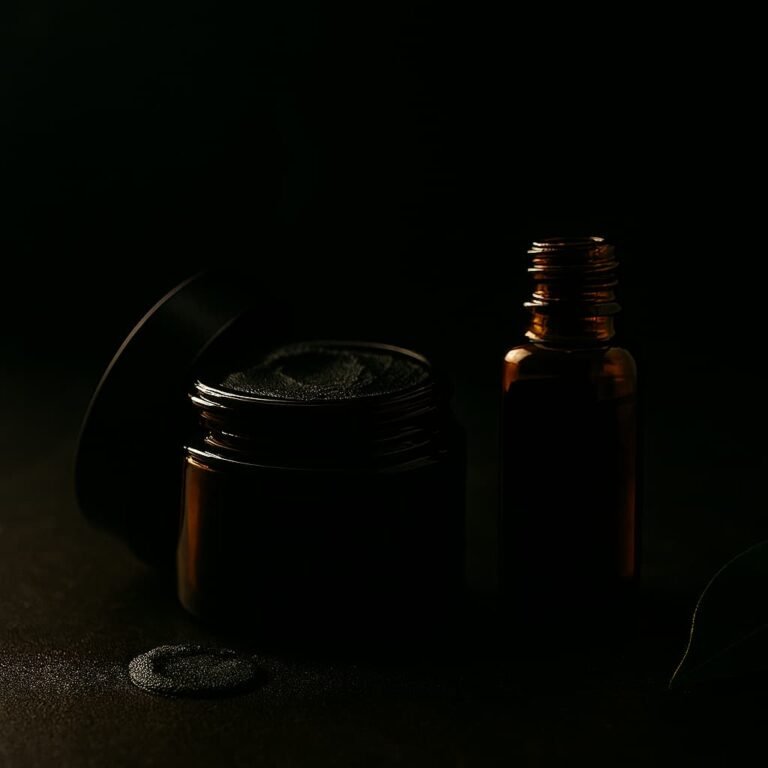
The choice of amber glass is a holistic one, rooted in a rich history that powerfully influences modern consumer perception. Its apothecary aesthetic is not an accidental byproduct but a key part of its appeal, communicating trust, efficacy, and a legacy of care.
A Legacy of Preservation
The use of colored glass to protect valuable substances is a practice that dates back to ancient Egypt, where precious oils and unguents were stored in dark vessels. However, it was the European apothecaries of the 17th to 19th centuries who codified the practice. They observed that medicines stored in clear glass bottles on sunlit shelves quickly lost their potency.
Through trial and error, they discovered that green, cobalt blue, and especially amber glass offered superior protection for their light-sensitive tinctures, elixirs, and chemical compounds. Amber and yellow glass were specifically noted for storing silver and mercury-based preparations. This historical association imbues modern amber packaging with an innate sense of authority and trustworthiness. It visually connects a 21st-century serum to a long lineage of carefully compounded, effective remedies.
The Psychology of Premium Packaging
The vessel is the first physical interaction a client has with a composition, and it must communicate the brand’s ethos before the product even touches the skin.
- A Quietly Luxurious Ritual: The cool, satisfying weight of a glass jar in the hand conveys a sense of quality, substance, and permanence. It feels valuable and intentional—a sensory cue that prepares one for the thoughtful ritual to come. This tactile experience, a cornerstone of luxury, is something a lightweight plastic container can never replicate.
- Perceived Efficacy: The clinical, almost medicinal appearance of amber glass suggests that the product is serious, scientific, and results-oriented. It subconsciously tells the consumer that this is not a frivolous purchase but a targeted treatment, justifying a premium price point and fostering trust in the formula’s effectiveness.
Sustainable by Design: The Conscious Choice of Glass
Our commitment to performance is inseparable from our responsibility to the planet. The choice to house our formulations in amber glass is not merely functional; it is a deliberate alignment with a philosophy of lasting quality and environmental integrity. While other materials may offer convenience, glass represents a principled commitment to a cleaner, more circular future.
1. Infinite Purity, Infinite Recyclability
At the heart of our choice is the unique and powerful nature of glass: it is infinitely recyclable. Unlike plastic, which degrades in quality with each recycling cycle and often ends its life in a landfill, glass can be melted and reformed endlessly without any loss of purity or integrity. This creates the potential for a truly circular system, where one vessel can begin its life anew, time and time again. By choosing glass, we invest in a material that is designed not for a single life, but for countless lives to come.
2. A Foundation of Natural Purity
Glass is born from nature—crafted from simple, abundant elements like sand. As a stable and inert material, it offers a profound environmental advantage: it does not break down into harmful microplastics that pollute our oceans, soil, and bodies. Its purity is twofold. It protects the integrity of the formula within by preventing chemical leaching, and it protects the health of our planet by refusing to contribute to the pervasive microplastic crisis. This ensures that what touches your skin is pure, and what is left behind is clean.
3. Reducing Waste Through Preservation and Longevity
True sustainability is not just about recycling; it is about creating less waste in the first place. The exceptional protective qualities of amber glass play a critical role in this mission. By shielding our delicate formulations from light and air, the vessel extends the functional life of the product. Potent ingredients remain effective for longer, ensuring that every drop is used and valued as intended. This superior preservation reduces the frequency of replacement purchases, leading to a meaningful decrease in both product and packaging waste over time. It is a philosophy of “buy better, buy less often,” made possible by a container built to last.
4. A Valued Material in a Circular Economy
In a world filled with disposable packaging, glass maintains its status as a high-value material. Its inherent worth and established recovery streams encourage its return to the recycling process, helping to close the loop in a circular economy. By choosing a material that is not only recyclable but highly valued in recycling systems, we are making a conscious choice to participate in and support a more sustainable model of consumption.
Our selection of amber glass is a holistic one. It is a vessel that protects the formula within and respects the world without. It represents a commitment to materials that are both pure and permanent, aligning with our ethos of creating products that perform without environmental compromise.
Conclusion: Performance Through Protection, Preserved in Amber
In an industry often captivated by fleeting trends, amber glass packaging represents a principle of enduring value: time-tested wisdom combined with scientifically proven performance. It is a deliberate choice that transcends mere aesthetics, acting as the final, crucial component in the delivery of a high-performance formulation.
Its unique ability to filter destructive UV and blue light, its absolute chemical inertness, and its superior barrier properties create the optimal environment for preserving the potency of today’s most advanced active ingredients. Its historical legacy lends it an air of authenticity and trust, while its physical presence provides a tactile experience of luxury and quality.
By choosing to house their compositions exclusively in amber glass, brands make a clear and confident statement. They value substance over superficiality, efficacy over economy, and lasting integrity over momentary convenience. It is a promise to the consumer that the investment they make in their skin is protected, potent, and powerful—from the first drop to the last.
Support Your Skin
Our natural product collection at Ossie Naturals is formulated specifically to support your skin’s natural adaptive processes. Each product provides the building blocks your skin needs, from barrier-supporting lipids to adaptive antioxidants.
We don’t believe in dramatic seasonal routine overhauls or aggressive treatments that fight against your skin’s natural processes. Instead, our approach focuses on gentle, consistent support that works with your skin’s intelligence rather than against it.
Join our private community on Facebook or join our Newsletter for access to seasonal transition guides, ingredient education, and products specifically formulated to support your skin through changes because your skin’s adaptive intelligence deserves support, not interference.
Performance‑led, nutrient‑rich compositions
Our House Collection
Calendula Balm - Original™
Restorative and Calming Concentrate
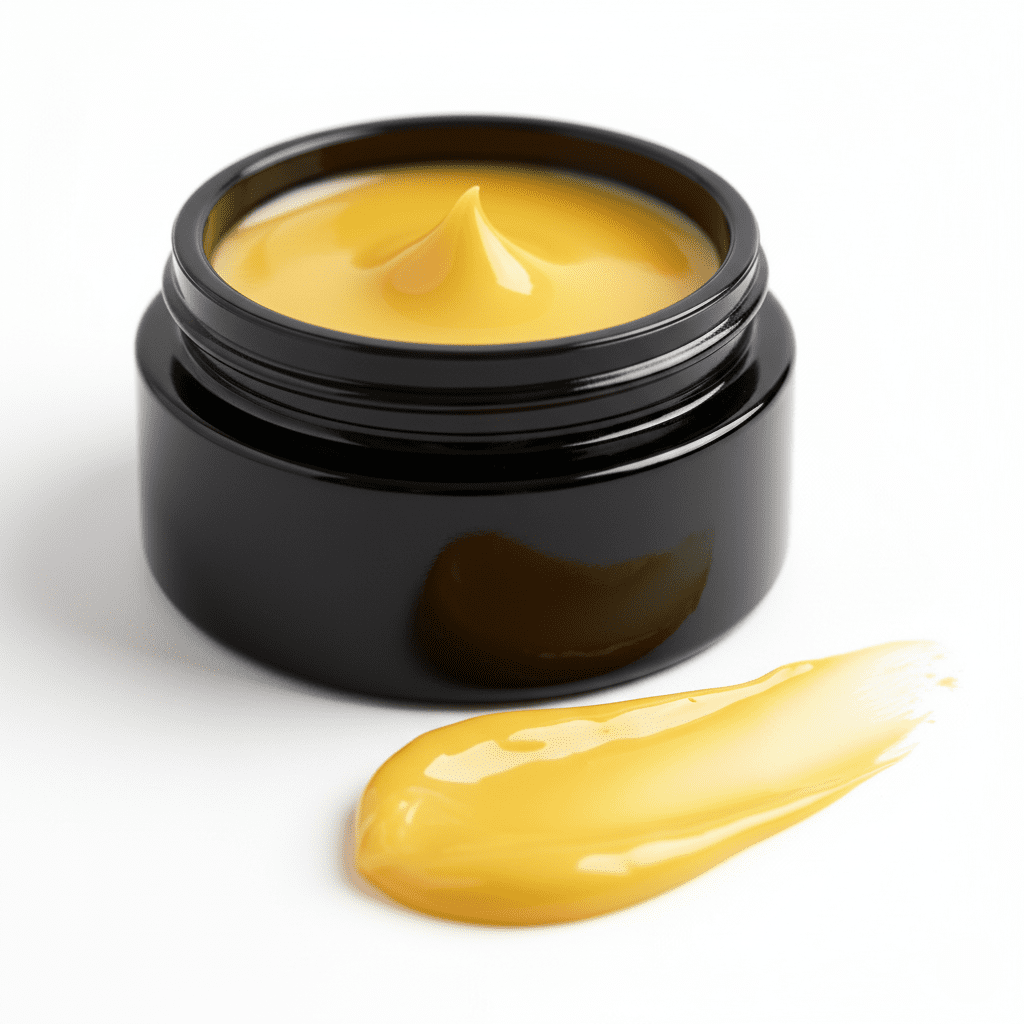
Azure Tansy
Balm™
Intensive Repair and Protection Complex
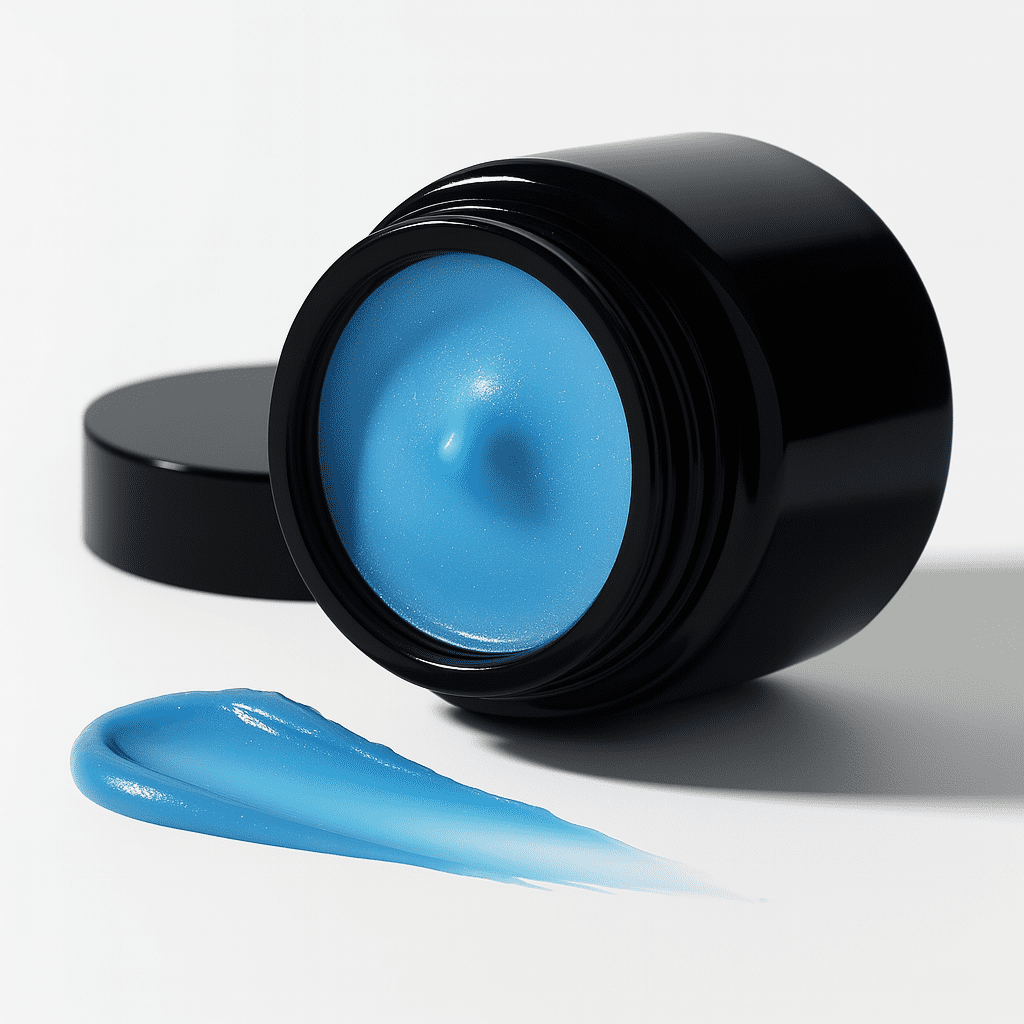
TerraPure - Original Deodorant
Powerful protection, naturally
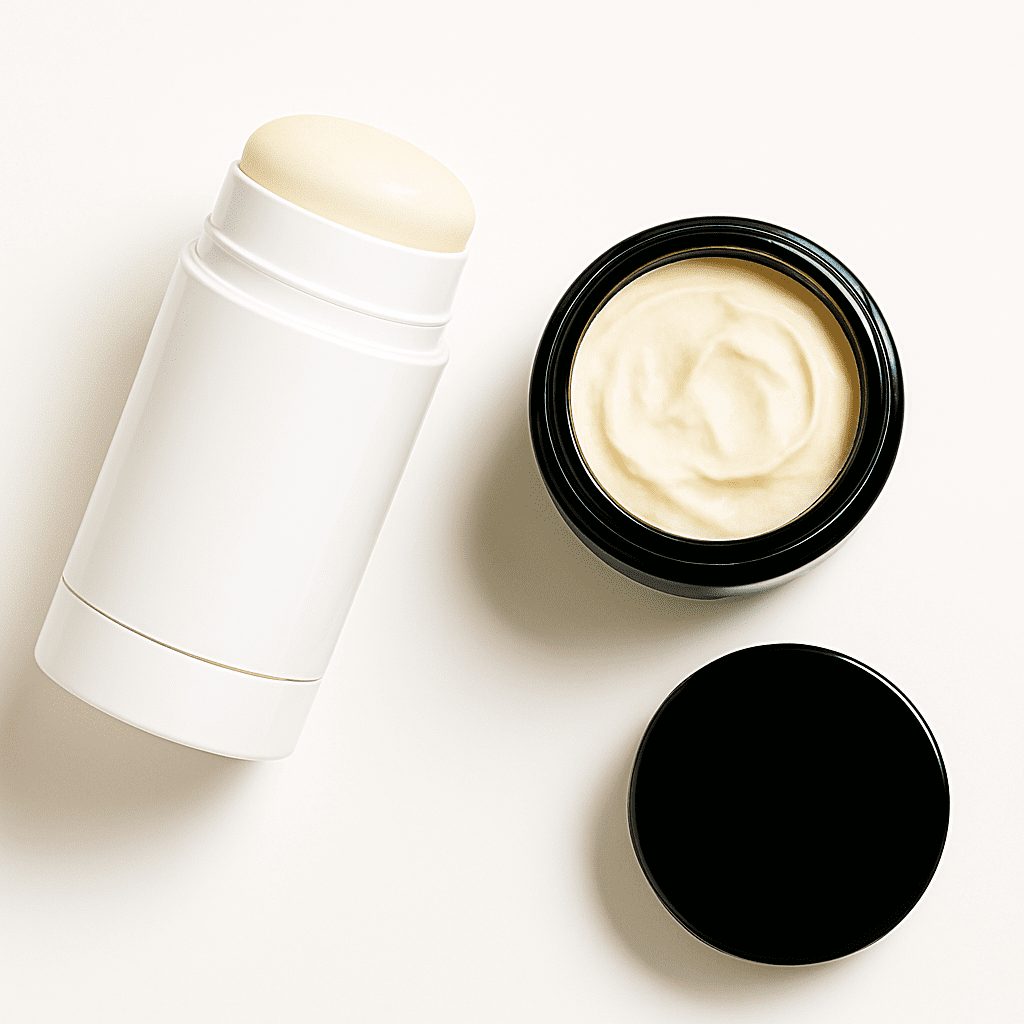
Restorative Phyto‑Serum Oil™
Renewal and Balance. Visible transformation in every drop
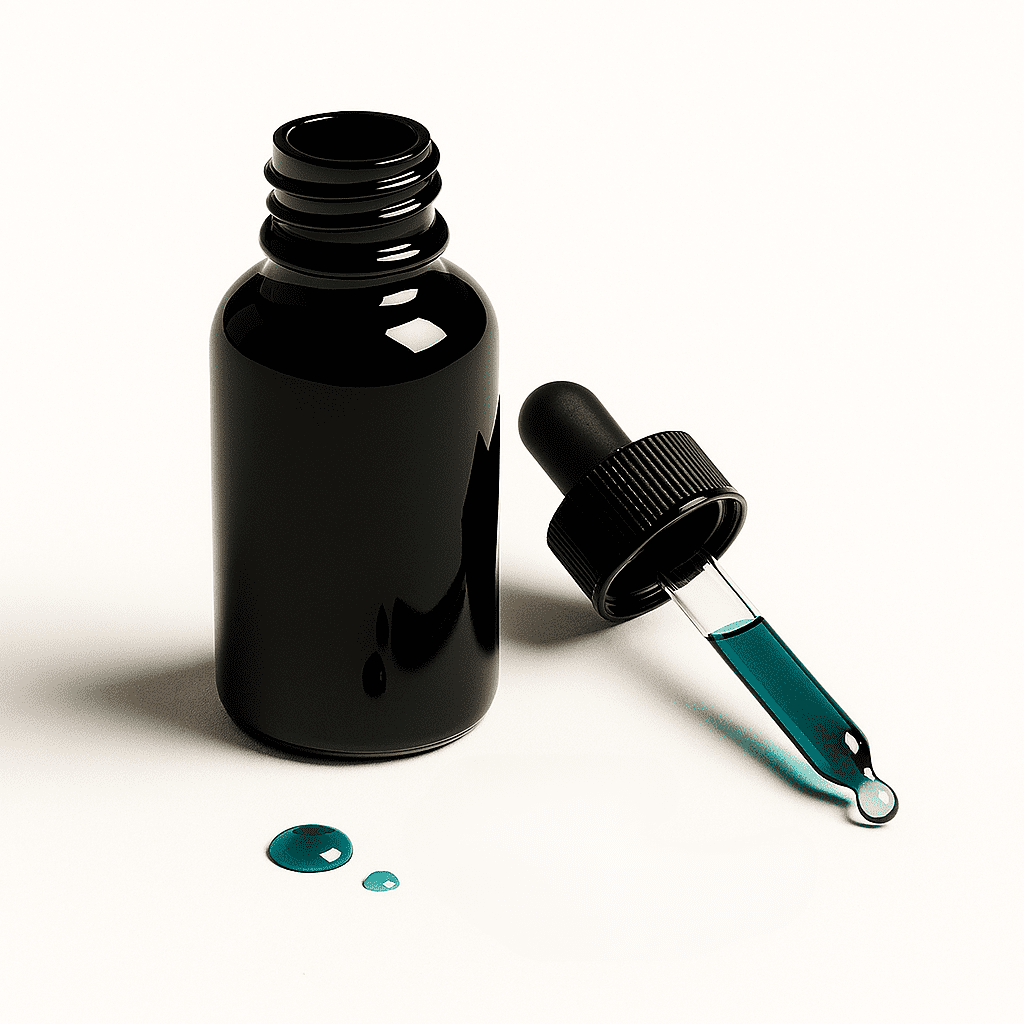
We empower your skin to thrive.
Sign Up Newsletter
Ready to invest in your skin’s future with the finest natural ingredients? Explore our collections or join our community for expert tips and exclusive access.
We value your trust when sharing your personal data with us. We always treat your data in a fair and respectful manner, limited to the purpose mentioned above. If you would like to know more about how we handle your data, please read our Privacy Policy.
